The excavation of the house can be a very messy operation, especially if you are building on a tight lot and if its raining. Most demolition contractors will give you a set price for removal of the existing fill as well as bringing back any fill for backfill ( if there is not enough room on the lot to store the required fill ).
Some contractors will quote on a ” per truck basis ” beware of this as its takes a lot of time and energy to count every truck that goes out ( as well its a good idea to make sure every truck is full when leaving ). This can be a point of disagreement as if the trucks may be full “by weight” before they are full by volume as the different materials weigh different amounts ( i.e. wet clay weighs a lot more than dry top soil ). So I strongly recommend to go with the flat rate approach, if your contractor won’t quote this way then move on to another contractor. The demolition contractor will most likely ask you to have the surveyor stake out the excavation and provide a benchmark reference point ( this will give him the information as to where to dig and how deep. It’s best that he takes responsibility for the depth as if its too shallow its a lot of work to bring the machine in the hole again, and if its too deep you will spend unnecessary money on extra forming. extra concrete and extra fill ( as well potentially create issues with bank stability ).
There are some situations where there will be extra work such as ground contamination found ( old oil tank that has leaked into the soil ), large rocks that require blasting and certain types of clay that require extra disposal costs ( all of these should be specified on the contractors quotation. This stage goes fairly quickly and the contractor will usually have numerous trucks working as the excavator can fill an average truck in less than 10 minutes. Once they have achieved the correct grade usually about 18″ to 20″ below the basement slab elevation and verified that the ground has good bearing ( by either experience or your geotechnical engineer ). you can have a couple of loads of gravel slung into the hole for the framers to be able to work comfortably. The banks then need to be poly’d and then your geotechnical engineer can inspect both the stability of the banks as well as the bearing of the ground. If he is satisfied with the conditions he will issue a WCB clearance letter stating it is safe for workers to enter the excavation. He will also let you know if any extra work is required for the ground to provide sufficient support for the structure you are about to build.
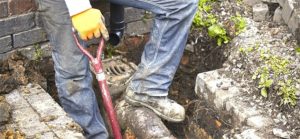


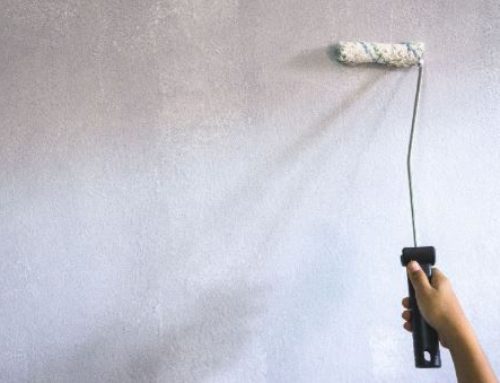
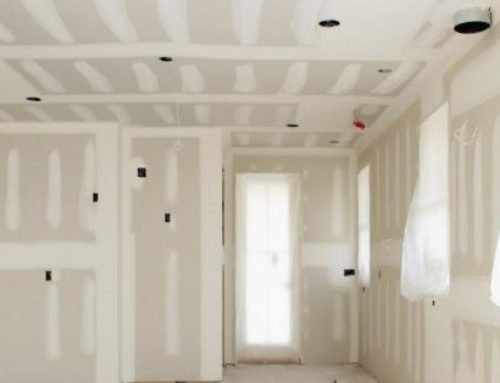

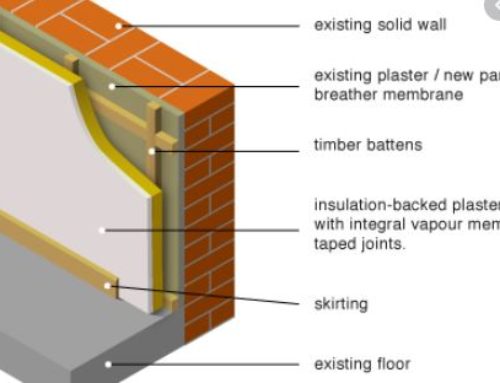
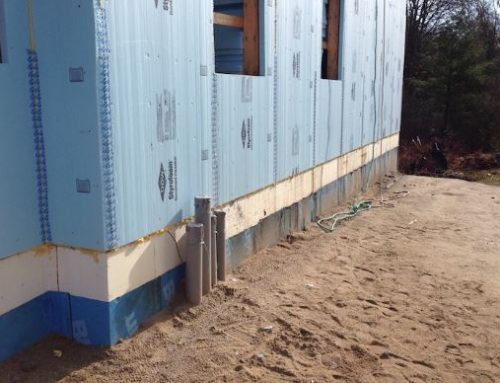
Leave A Comment